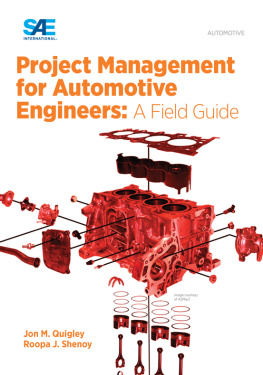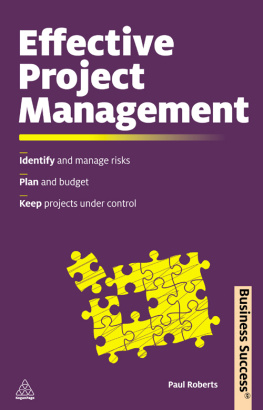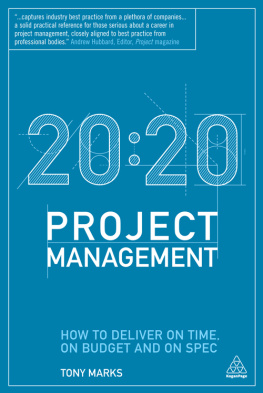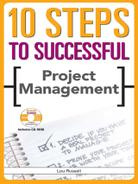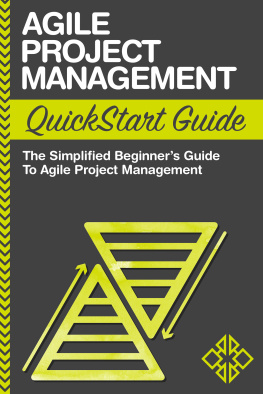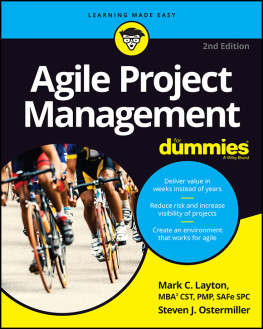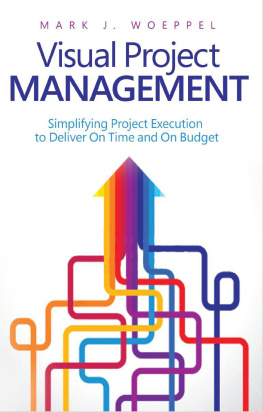Copyright 2016 SAE International. All rights reserved.
No part of this publication may be reproduced, stored in a retrieval system, distributed, or transmitted, in any form or by any means without the prior written permission of SAE International. For permission and licensing requests, contact SAE Permissions, 400 Commonwealth Drive, Warrendale, PA 15096-0001 USA; email: ; phone: 1+724.772.4028; fax: 1+724.772.9765.
Information contained in this work has been obtained by SAE International from sources believed to be reliable. However, neither SAE International nor its authors guarantee the accuracy or completeness of any information published herein and neither SAE International nor its authors shall be responsible for any errors, omissions, or damages arising out of use of this information. This work is published with the understanding that SAE International and its authors are supplying information, but are not attempting to render engineering or other professional services. If such services are required, the assistance of an appropriate professional should be sought.
Preface
Numerous books on project management have been written. Many are theoretical in nature, and a few cater to the IT industry, but we feel little has been written to capture the challenges faced in executing a project in the automotive industry. Another drawback of the current literature is the overemphasis on tools and terminologies (e.g., agile, six sigma, PMP - project management professional, and lean) rather than focusing on the essential skills needed to successfully execute the project. In this book, we look at the field of project management as a risk-based decision-making activity, driven by continuous learning and adapting to the changing scenarios, not merely following a set of steps. As project managers, we frequently are faced with changing requirements, different work scenarios, and difficult decisions. We narrate a story that summarizes the crux of the dynamic nature of project management.
The story is titled A List, and it is part of the Frog and Toad series written by Arnold Lobel in 1972. It is about a toad and a frog, who are friends. One day, the toad creates a list of things to do, so he can execute the task at hand in a timely and orderly fashion, which we would refer to as a project plan.
The toad begins to execute the tasks on his list, and everything stays on track. Per toad's activity list, he meets up with his friend, frog, and goes for a walk. While on the walk, a strong wind blows the list from his hand, and the toad refuses to chase the list, as that activity was not part of his list! He fails to react to a situation he had not planned. Nobody can plan for everything, certainly not the wind blowing away the very list that was meant to help get everything done.
The essence of what we should learn from this fable is that as project managers (PMs) we excel in creating elaborate time plans, with activities that meet the project milestones, hoping the plan would get us successfully to the end, until a strong wind blows our plan away, and we refuse to adapt, and attribute the failures to scope creep. When the risk becomes a reality, the project manager often struggles to adapt and react in a timely manner, like the toad, to control the situation. In many cases, this results in failed projects or projects that do not meet project timelines, and produces wasted effort. We endeavor through this book to better prepare our fellow project managers to anticipate changesto react swiftly and be watchful for triggers for project risks.
We provide practical examples, based on our cumulative experience managing projects of various degrees of complexity in the automotive industry. Taking a pedagogical approach, we have included Box Moments in the text, which illustrate practical examples or key points to be aware of while working on projects. For a practicing or an aspiring project manager, these hints will be helpful.
Project Management for Automotive Engineers: A Field Guide serves as a reference for a practicing project manager, explaining critical concepts with examples based on the authors' experience in the automotive field, featuring engineering complexity and leadership challenges.
The book is divided into ten chapters, with a brief introduction to project management in the first chapter and a summary at the end. As project management in the automotive industry is intrinsically linked to the product development process, the subsequent chapters focus on the project management aspects that are significant during the different stages of a product development cycle. We readily recognize that the automotive industry also includes projects such as cost improvement and manufacturing updates that are not focused on new product development (NPD). However, this book focuses on the product development application. Other chapters emphasize business case evaluation, product development cycle, process development cycle, test phases, and production ramp up at the plant and at the Tier 1 supplier. We also focus on the various challenges of a matrix organization. Last, we discuss the principles of value projects, and how to revive failing projects.
How to get the best from this book
Unlike other project management books, you can hop from one chapter to another without losing synchronization to the whole theme. As a reader, if you would like to learn and focus on original equipment manufacturer (OEM) testing, you can start with . The chapter is broken down into the fundamentals of the testing process, what the project gains from testing, when it is important, and what critical measurements are needed to make it successful. The book's focus is on various project management topics and challenges including organizational structure and global footprint, resource management, product development, and process management.

